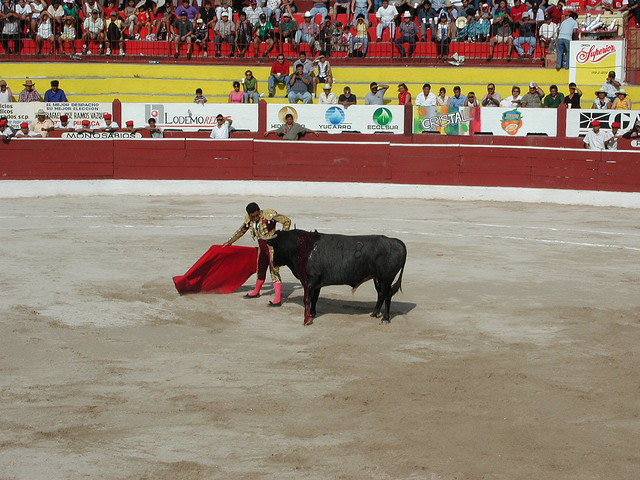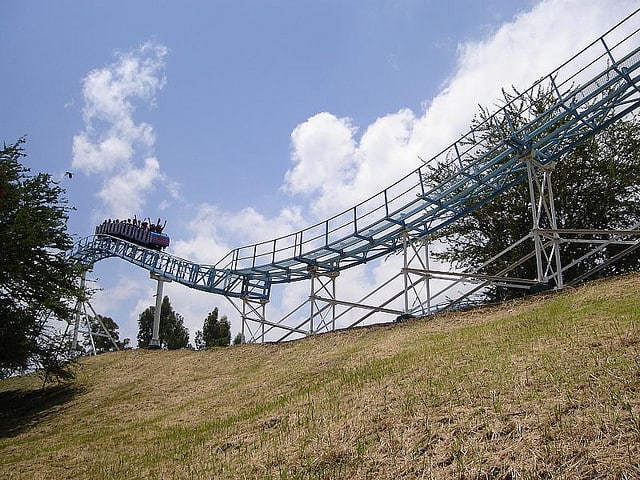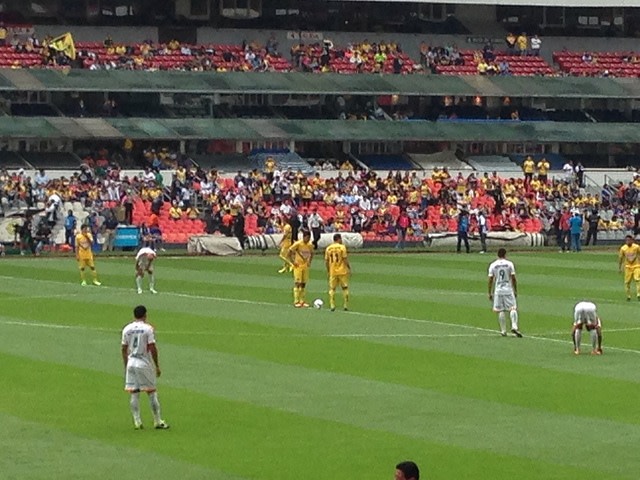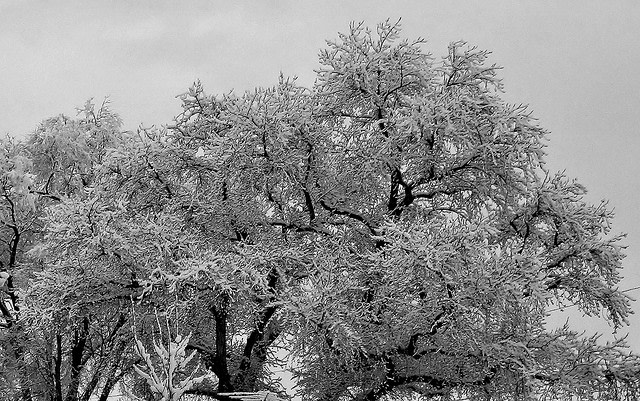| 10 mins read
Thunderous mariachis and brightly colored dancers conjure up images of Mexico. Yet, a visit to its capital, Mexico City, or the Distrito Federal (D.F.), will prove that there is so much more to this city, and country. Located in the high valley of Mexico, built upon dry lakebeds, and settled in the surrounds of mountains and two volcanoes nearby, Mexico City beckons people from around the world. This international metropolis is a feast for the traveler’s senses, offering everything from stunning scenery, distinctive architecture and cultural artistry, to a buzzing nightlife and world famous cuisine.
A Brief Lookback into History
The Aztecs, also referred to as Mexicas, founded Mexico’s capital city in the 14th century as Tenochtitlan. It was conquered nearly 200 years later by Spain, commencing Mexico’s Colonial Period when it served as Spain’s mexican capital during the 16th through early 19th centuries. The area still referred to as the Zocalo, or Plaza Mayor, existed at this time as the center of political and religious institutions, as well as the economic hub of the city. Rebellion against Spain grew, spurring violence and oppression, until independence was won in 1821. Since that time, Mexico City has experienced tremendous population growth and the resulting problems that come with such an accelerated pace of growth.
Getting to Mexico City and Around Town
Travelers from all over the world fly into Mexico City International Airport, and plans are underway for a new, state-of-the-art international airport, beginning in 2018. Public transportation is readily available in and around the city, and fairly inexpensive. Visitors can take advantage of the Sistema de Transporte Colectivo, a bustling metro system that is the largest of its kind in Latin America.

Things to Do
A good introduction to Mexico City begins in the Centro Historico, or historic center (zocalo) of Mexico City. Here, visitors can immerse themselves in the enormous main square and enjoy stunning landmarks, such as the Plaza de la Constitucion, the nearby Xochimilco (also known as the “floating gardens”), the Metropolitan Cathedral, and the National Palace.
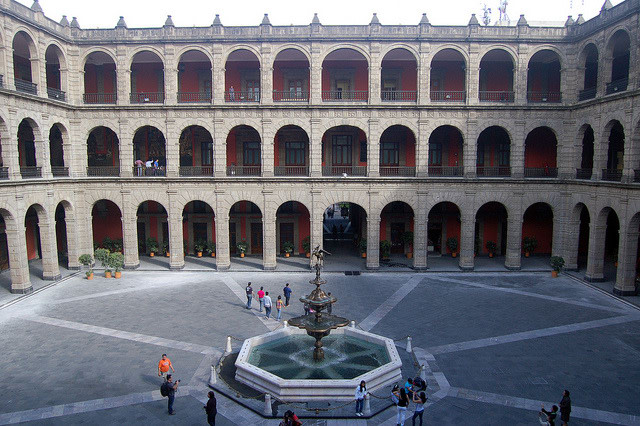
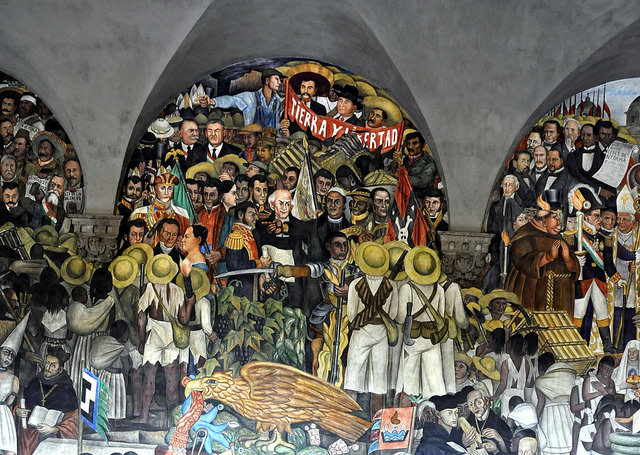
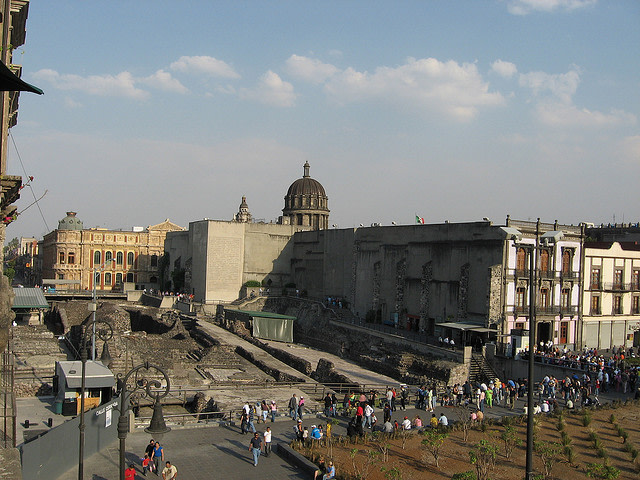
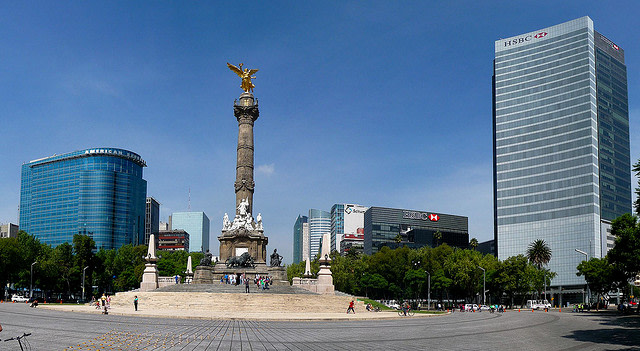
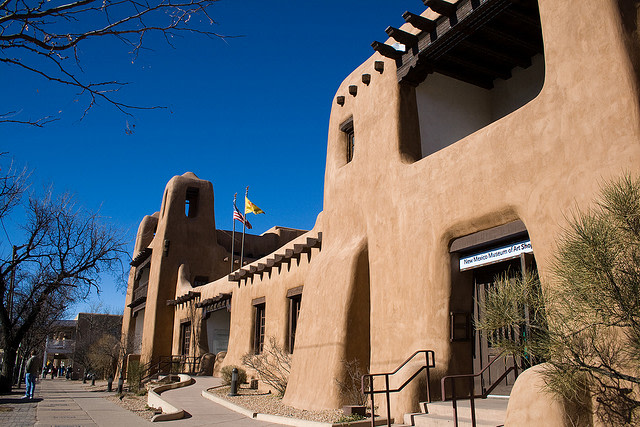
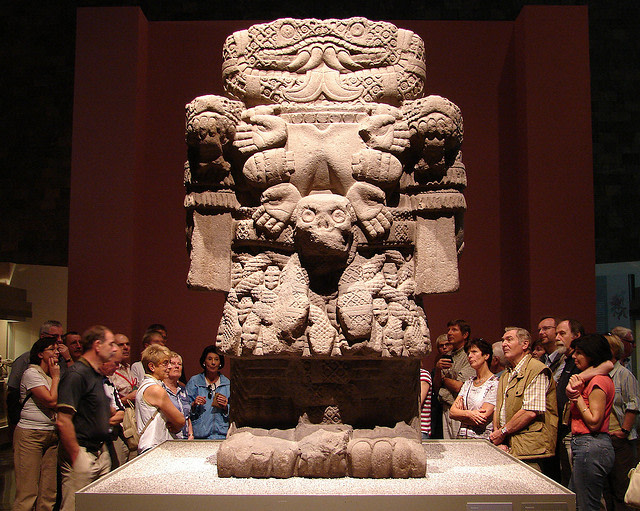
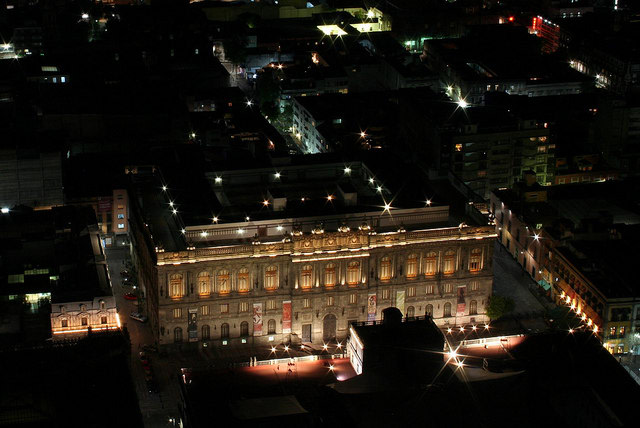
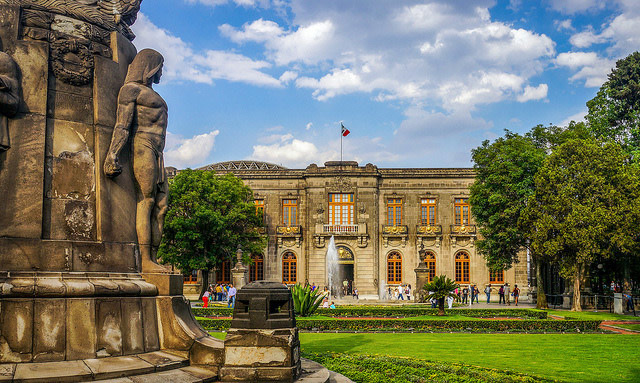
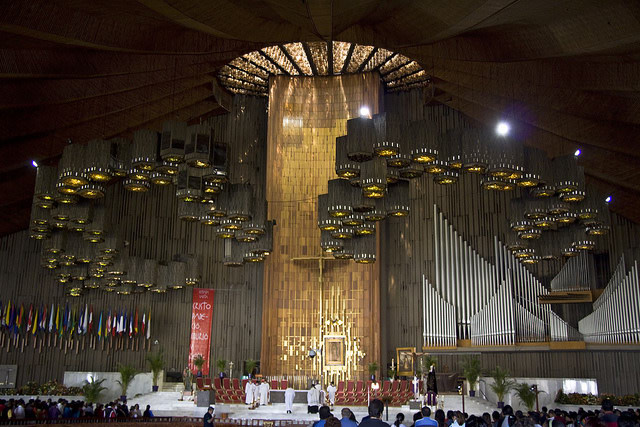
Interesting Neighborhoods
The Condesa District, home to one of Latin America’s largest and most architecturally beautiful bookstores, is also a delightful neighborhood to visit, easily accessible by Metrobus and a short walk from the Metro. After booming in the 1940s and 1950s during Mexico’s Golden Age of Cinema, the area unfortunately took an economic hit following Mexico City’s 8.1 magnitude earthquake in 1985. Many of Condesa’s Art Deco homes were damaged, but in the mid-1990s many people in the art community moved to Condesa and revived the district. Today, there are many cafes, bars and shops to visit.
A growing and trendy district, Colonia Roma, is quickly becoming the hip place for locals to buy real estate and visitors to explore. New restaurants and nightspots are opening all the time serving the range from breakfast to late night bars.
Good Eats and Drinks
Although Mexico City is best known for its fresh fish and seafood, its ever-changing restaurant scene continues to expand and dazzle. Foods representing all 31 states in Mexico can be found here, as well as an impressive offering of international cuisines.
If Lima-based haute Peruvian or Basque-Mexican fusion sounds appealing, or even an old-fashioned barbecue dinner, then visitors are sure to find it here. Traditional offerings include Aztec Soup (similar to tortilla soup), Chiles Rellenos and Cochinita Pibil, a tender pork loin wrapped in banana leaves and baked. Heavier meals are typically eaten in the afternoon between 2 p.m. and 4 p.m., and dinners are served later around 9 p.m. Reservations are recommended at popular restaurants. San Angelo, Roma and the Condesa District are known for happening restaurants and nightlife; however, Polanco is fast becoming a popular nightspot, even more so than Condesa and La Zona Rosa.
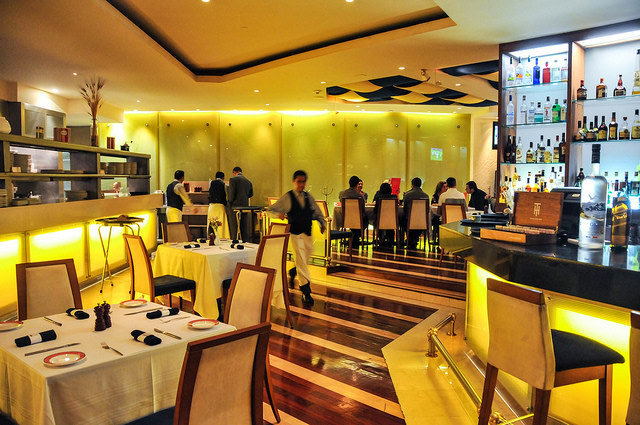
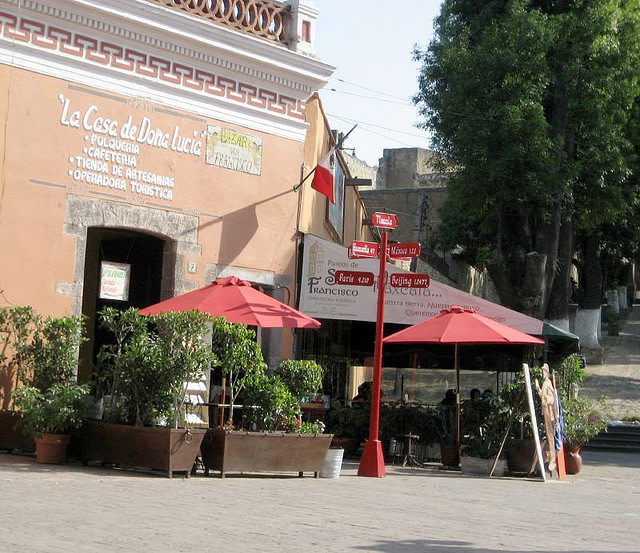
A Few Do's in Mexico City
DO book tickets to see the Ballet Folklorico de Mexico. Performances are held at the Palacio de Bellas Artes, a historic theater in Mexico City, as well as various venues around the area. Although tickets prices can be high, online reviews insist it is a spectacular night out, and the colorful costumes and cultural history are a must-see. Tickets can be ordered ahead of time through ticketing websites.
DO watch bullfighting at the Plaza Mexico bullring for a traditional, and some would say, controversial experience. Every Sunday during bullfighting season (November-April), locals and visitors can experience this cultural sport, or art form, in the largest bullring in the world with nearly 42,000 seats.
DO take a ride on a vintage rollercoaster, the Montana Rusa, at the traditional amusement park, La Feria de Chapultepec Magico.
DO cheer on one of Mexico’s football teams. The America plays at Azteca Stadium, while the football club, Universidad Nacional Cruz Azul, plays in the smaller venue, Olympic Stadium in Ciudad Universitaria.
A Few DON’TS in Mexico City
DON’T struggle with Spanish-only signs at many of Mexico City’s museums and exhibits. Most signs and reading materials are presented in Spanish only. Audio guides come in handy and are available for a fee at most tourist locations. Spend the extra $10 or so for the audio, or hire a guide for a more personalized tour.
DON’T forget to take photo ID on each day trip or museum visit. ID may be required and photocopies may not be accepted.
Weather in Mexico City
Surprisingly, Mexico City is quite temperate. Due to its elevation, the city’s mean average temperature is 60 degrees, with highs in the mid-80s and lows in the 40s. April and May are the city’s hottest months; while late May through early October are warm, with possible rain and cool nights. Winter weather prevails in late October through March. Interestingly, air pollution also increases during the winter months due to a temperature inversion.
Image Details and Licenses:https://flic.kr/p/9VwvHX(David Gordillo,CC BY-NC-SA 2.0),https://flic.kr/p/5uXQN(Inti,CC BY-NC-SA 2.0),https://flic.kr/p/6ux4DG(George Oates,CC BY-NC-ND 2.0),https://flic.kr/p/n2AvQy(mariordo59,CC BY-SA 2.0),https://flic.kr/p/dAiSJ1(Rob Young,CC BY 2.0),https://flic.kr/p/oRJLnA(pegatina1,CC BY-ND 2.0),https://flic.kr/p/4Bcbyc(Paola Farrera,CC BY-NC-ND 2.0),https://flic.kr/p/6ChnnJ(Gary Denness,CC BY-NC-SA 2.0),https://flic.kr/p/5VX8zf(Bill Rosgen,CC BY-NC 2.0),https://flic.kr/p/5bUump(Antony Stanley,CC BY-SA 2.0),https://flic.kr/p/8GQ6J9(Angélica Portales,CC BY-NC-ND 2.0),https://flic.kr/p/emJMHe(BORIS G,CC BY-NC-SA 2.0),https://flic.kr/p/7UCYiH(Threthny,CC BY-NC-SA 2.0),https://flic.kr/p/hJQYVH(Eric Titcombe, CC BY 2.0),https://flic.kr/p/pDc1Ac(Adam Jones,CC BY-SA 2.0),https://flic.kr/p/6ecvkE(Omar Bárcena),CC BY-NC 2.0),https://flic.kr/p/dwPvaD(Joshua Bousel,CC BY-NC-SA 2.0),https://flic.kr/p/61nW9T(Mzuriana,CC BY-NC-ND 2.0),https://flic.kr/p/8AEkTi(Gary Denness,CC BY-NC-SA 2.0),https://flic.kr/p/fFFPnU(Photography by JT in San..,CC BY-NC-SA 2.0),https://flic.kr/p/8wmgj(Karyn Christner,CC BY 2.0),https://flic.kr/p/58oAHC(Alejandro Castro,CC BY-NC-SA 2.0),https://flic.kr/p/hcSJ2e(Maximiliano Dobladez,CC BY-NC-ND 2.0), https://flic.kr/p/v5UXB(OpenThreads,CC BY-NC-ND 2.0)

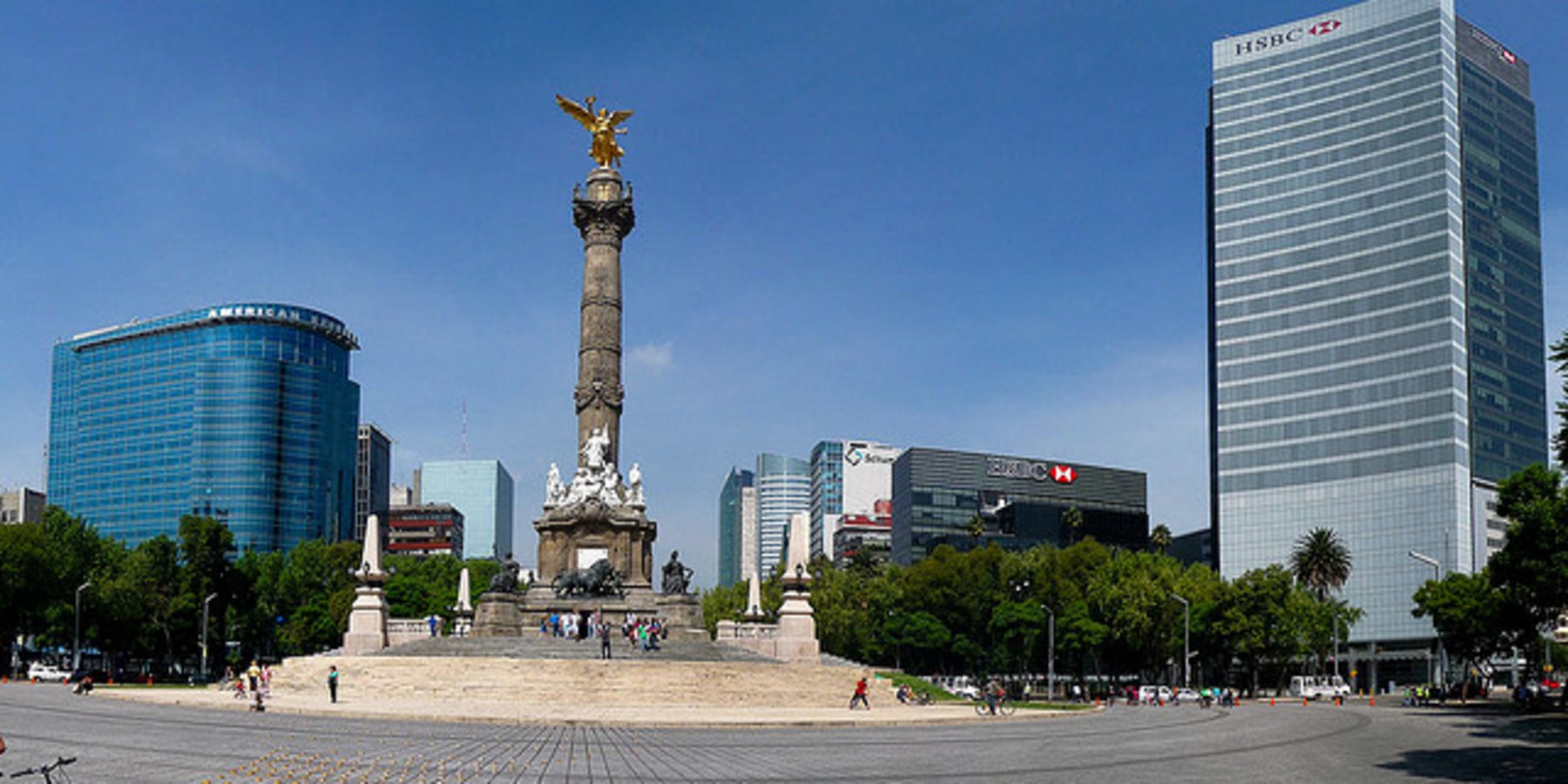
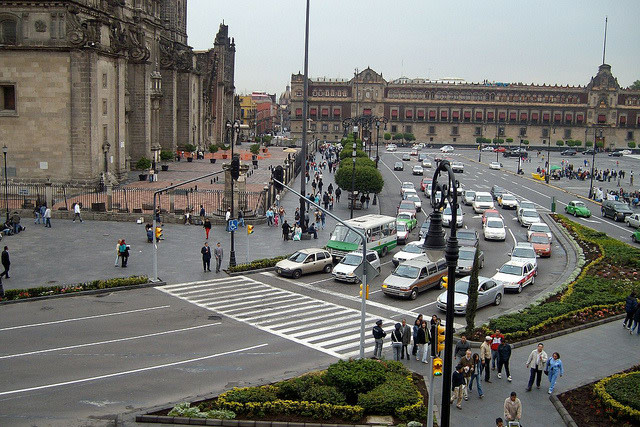
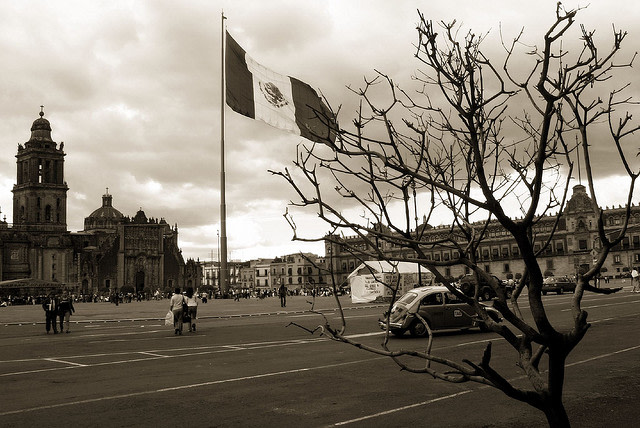
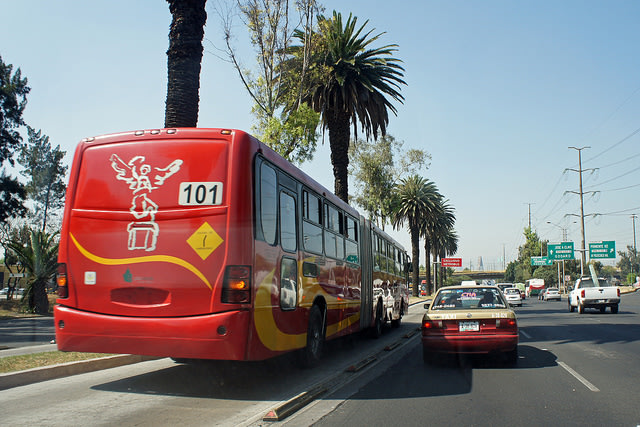
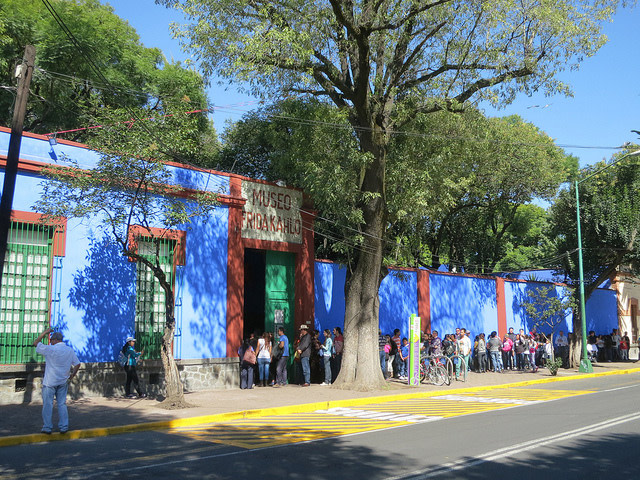
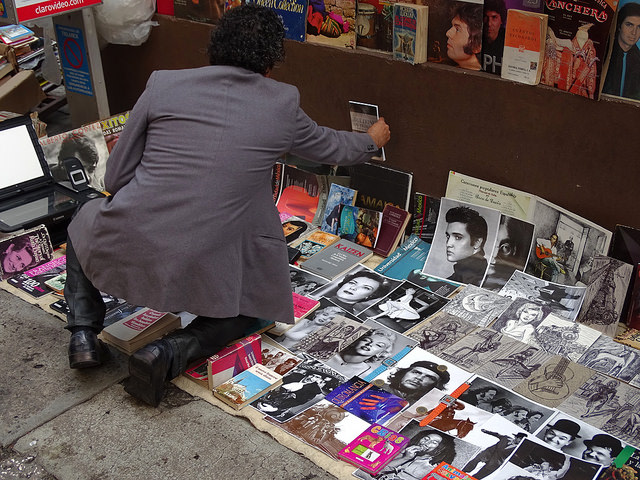
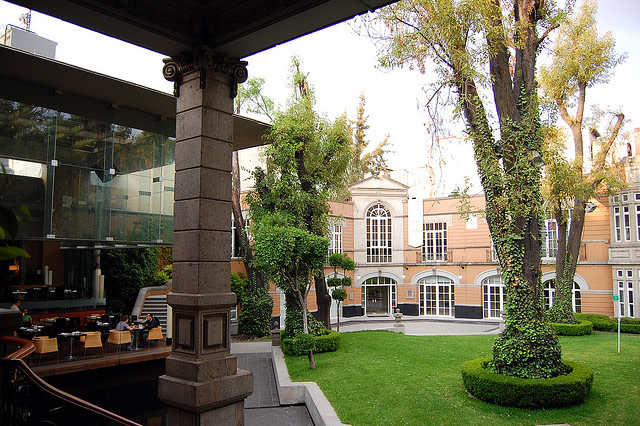
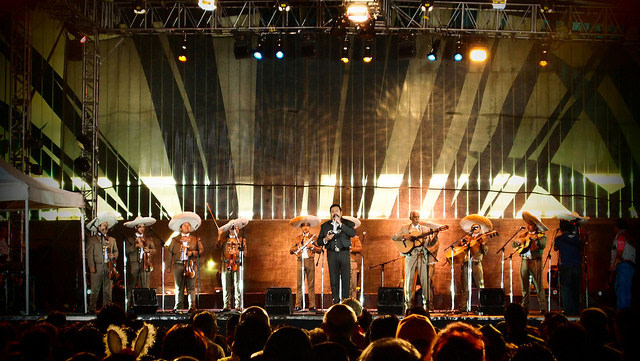
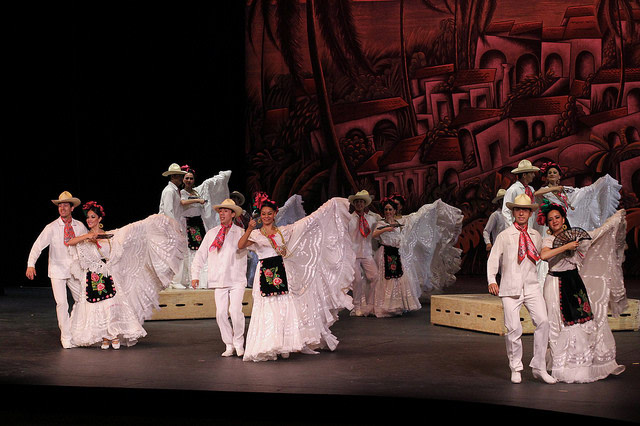 DO watch bullfighting at the
DO watch bullfighting at the 